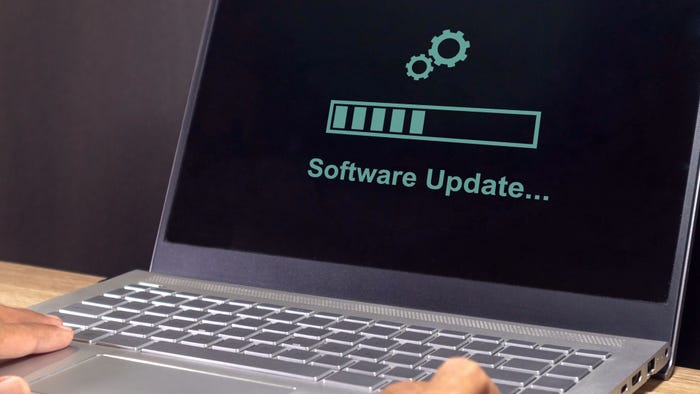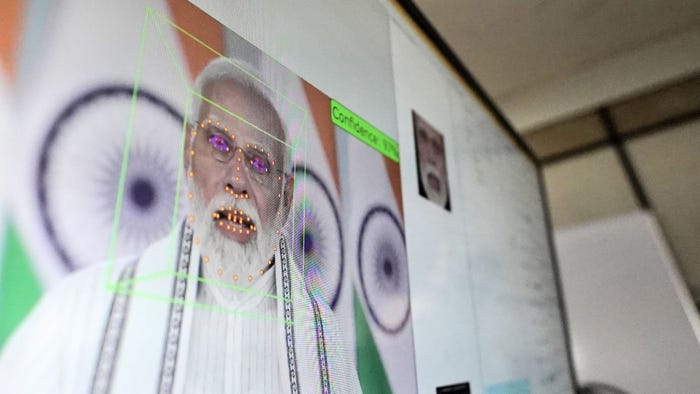Is SSL Cert Holder ID Verification A Joke?
Some complain that certificate authorities don't do enough to verify identities for 'domain-validated' certificates

With the release of the BEAST exploit and subsequent scrambling by browser vendors to close up vulnerabilities against SSL authentication, many Web authentication discussions have been focused on the SSL/TLS protocol’s weaknesses in recent months. As some IT professionals explain, though, some of the biggest problems with SSL have nothing to do with the technology. Instead, the woes are attributed to poor practices.
According to some, one finger should be pointed at certificate authorities (CAs), which they say need to do a better job confirming the identity of certificate holders in order to bolster the trust placed in SSL certificates.
“SSL has been burdened with procedural failures, not technical ones. The issue is simple in concept, and complicated in execution: Verifying a user's identity can't be done reliably by a machine,” says Bill Horne, who runs William Warren Consulting. “At some point, anyone who is trying to convince Web users that their PKI certificate is valid must venture into meatspace and show up before a neutral third party to prove that they -- or their company -- are entitled to use the name that's on their X.509 PKI certificate.”
Chet Wisniewski, senior security adviser at Sophos, echoes Horne’s sentiments, stating that he doesn’t think the SSL protocol is broken aside from the fact it relies on the antiquated model of relying on central CAs.
“The methods they use to verify your identity are a bit of a joke. You can get an SSL certificate for just about anything. For $19, which is what these certs cost, they're domain-validated, which just doesn't mean a lot,” he says. “As far as I'm concerned, having those certs there is better than nothing because it protects you against things like Firesheep. But they should be free, and the fact that they say they validate who [the certificate holders] say they are -- it’s just horse manure.”
According to Horne, he believes many CAs have chosen to pretend that it’s possible to automate the critical step of verifying a certificate holder’s identity.
“It isn't, but it's a lot more profitable to pretend that it is,” he says. “That's the economic problem in a nutshell: Paying humans to verify certificate-holder identities is expensive, but there's no other way to reliably verify an identity.”
And, in fact, CAs realized the time and resources it takes to more painstakingly verify certificate holder identities: That’s where the whole idea of extended validation SSL certificates came from. When they were rolled out several years ago, the thought was to charge more for a more extensive check-up on the certificate holder and offer a color-coded "green bar" in the browser address bar to indicate the site is protected with an EV SSL certificate.
“Granted, when you do the extended validation, you get that fantastic green badge in your browser, and in that case they do want some documentation proving that in some way you're affiliated with this business and you've got some papers to show it. And it's a little more rigorous process -- which is the way it used to be just to get a domain,” Wisniewski says. “But even that isn’t foolproof.”
For example, the cost of these EV-SSL certificates may still be seen as prohibitive and can lead to issues of "mixed content," where some pages of a site may be protected with EV-SSL certificates, some with plain-vanilla certificates and some not encrypted at all. This is an all-too-common problem that frequently leads to vulnerabilities within sites and shows that both the CAs and site owners bear responsibility in the complicated SSL ecosystem.
Have a comment on this story? Please click "Add Your Comment" below. If you'd like to contact Dark Reading's editors directly, send us a message.
About the Author
You May Also Like



_Daniren_Alamy.jpg?width=700&auto=webp&quality=80&disable=upscale)
